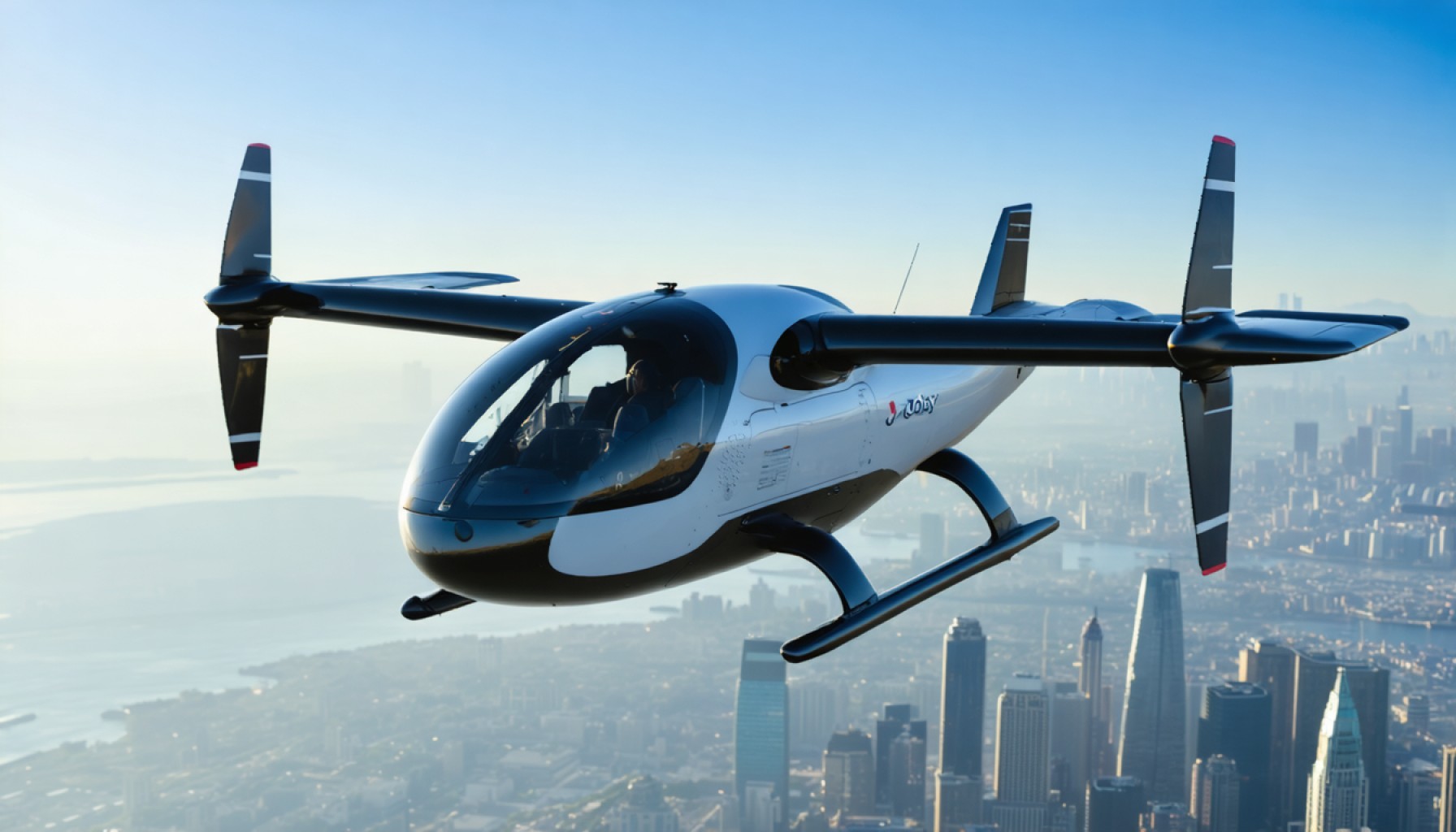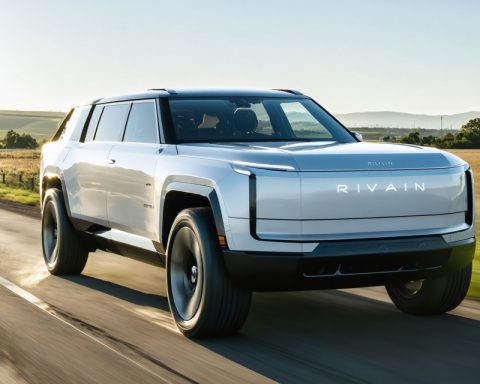- Joby Aviation aims to revolutionize commuting by implementing eVTOL technology for urban air mobility.
- The company’s all-electric aircraft are designed as airborne taxis, offering a sustainable alternative with up to 150-mile range and speeds of 200 mph.
- Innovative business model aims to integrate air taxis with public transport systems, enhancing access to urban centers.
- Challenges such as air traffic management and infrastructure remain, but partnerships and advances in autonomous flight technology show promising potential.
- Joby Aviation is positioning itself at the forefront of a new era in public transportation, potentially reshaping regional travel.
As urban congestion reaches unprecedented levels, Joby Aviation is revolutionizing how we think about commuting. Leveraging cutting-edge eVTOL (electric Vertical Takeoff and Landing) technology, Joby Aviation aims to make urban air mobility a reality, turning science fiction into a viable alternative for daily travel.
Founded with a vision of cleaner, convenient transportation, Joby Aviation is developing all-electric aircraft designed to operate like airborne taxis. These helicopters of the future promise to cut commute times dramatically and reduce greenhouse gas emissions, standing at the forefront of sustainable transport solutions. With a range of up to 150 miles on a single charge and speeds of 200 mph, Joby’s aircraft are not only environmentally friendly but also incredibly efficient.
A New Era in Public Transportation
Perhaps most intriguing is Joby’s business model, which plans to integrate seamlessly with public transport systems, ultimately transforming how we navigate cities. Imagine hailing a flying taxi via an app, connecting air routes with ground transportation to create a comprehensive network. This could redefine regional travel, expand access to urban centers, and alleviate pressure on existing infrastructure, ushering in a new era of public transportation.
Challenges and Innovations
Certainly, challenges such as air traffic management, safety regulations, and infrastructure development remain. But Joby’s recent partnerships with major urban planning entities and relentless innovation in autonomous flight technology hint at a future where the sky is no longer the limit but the foundation for our next leap in urban evolution. As eVTOL tech matures, Joby Aviation could soon make your “airborne commute” a daily reality.
Will Joby Aviation Transform Your Commute? Discover the Future of Urban Air Mobility
What Makes Joby Aviation’s eVTOL Technology a Game-Changer?
Joby Aviation’s eVTOL technology is reshaping urban transportation by offering an innovative alternative to conventional commuting methods. Key features of their aircrafts include:
– Efficiency and Speed: With a travel range of up to 150 miles per charge and speeds reaching 200 mph, Joby’s aircraft promise to make long commute times a relic of the past.
– Sustainability: Powered by electricity, these aircraft produce zero emissions, aligning with global objectives to reduce carbon footprints in urban centers.
– Accessibility: By potentially integrating with existing public transport systems, Joby’s eVTOLs aim to ensure efficient connectivity across urban landscapes.
These cutting-edge specifications position Joby as a frontrunner in advancing sustainable urban air mobility.
What Are the Challenges and Limitations Faced by Joby Aviation?
While Joby Aviation holds immense potential, several challenges could impact the rollout and integration of their eVTOL technology:
– Regulatory Hurdles: Achieving full regulatory approval for eVTOL operations regarding safety standards and air traffic regulations is a significant obstacle.
– Infrastructure Development: Building vertiports and creating air traffic management solutions are necessary for widespread adoption but require substantial investment and space in crowded urban areas.
– Public Perception and Adoption: Gaining public trust in terms of safety and reliability is crucial for eVTOLs to become a common mobility option in daily life.
Overcoming these challenges will be critical to Joby’s success in the urban air travel market.
How Can Joby Aviation Revolutionize Public Transportation Systems?
Joby Aviation’s eVTOL technology could redefine urban transit through various initiatives:
– Seamless Integration: Joby plans to integrate its services with existing transit platforms, enabling passengers to transition smoothly between air and ground transportation using universal apps.
– Reduced Congestion: By alleviating traffic on roads, Joby’s flying taxis could significantly decrease urban congestion and provide faster alternatives to traditional ground travel.
– Expansion of Urban Accessibility: Offering fast and sustainable commuting solutions, Joby’s service could extend accessibility to urban centers, especially for those in outlying areas.
These initiatives highlight the transformative potential of Joby Aviation’s integration into urban transport frameworks.
For more information about innovations and news updates on urban mobility and eVTOL technology, visit Joby Aviation.









